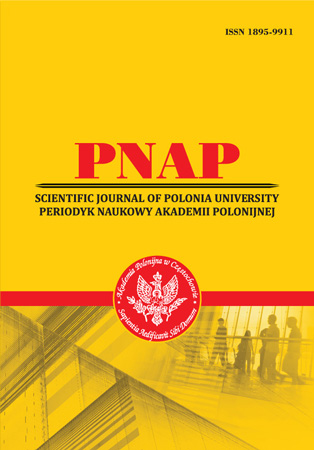MULTIMODAL METAPHORIC CONSTRUAL OF ECOLOGY IN ENGLISH DOCUMENTARIES
Abstract
In this article, I consider multimodal instantiations of conceptual metaphors with the referent ECOLOGY selected from English documentary films that address ecological issues. In this discourse environment, conceptual metaphors can be instantiated in different semiotic modes, namely, verbal, visual, and / or aural. Metaphors under consideration are treated as multimodal construals that emerge in the process of interaction of the meaning of the linguistic expression with the context, an important aspect of which is the interrelation of the semiotic modes mentioned above. It is shown that cognitive techniques of modifying conceptual metaphors, such as elaboration, extending, questioning, and combining (Lakoff & Turner, 1989: 67–70; Kӧvecses, 2010a: 53–55), which used to be considered as a feature of poetic discourse, are characteristic of ecological filmic discourse as well. These techniques serve to enrich the content of conventional conceptual metaphors. This effect is enhanced by the interaction of different semiotic modes in the process of meaning-making, which can result in the emergence of rich conceptual metaphors that capture the complex nature of ecological objects and phenomena. The effects of multimodal conceptual metaphors in documentary films demonstrate variety: the visual mode can endow conceptual metaphors instantiated verbally with new features; the visual mode can intensify the effect of verbally manifested metaphors by highlighting certain attributes of the metaphorically related concepts; the aural mode can enhance the emotive metaphoric entailments or question the appropriateness of the metaphor.
References
2. Inside Bill’s brain: decoding Bill Gates, part 3 (2019). [Documentary].
3. Kövecses, Z. (2010a). Metaphor: A Practical Introduction. New York: Oxford University Press.
4. Kövecses, Z. (2010b) A new look at metaphorical creativity. Cognitive Linguistics, 21(4), 663–697.
5. Kövecses, Z. (2015) Metaphor and Emergentism. In B. MacWhinney and W. O’Grady (Eds.). The Handbook of Language Emergence. Chichester, West Sussex: John Wiley & Sons, Inc., 147–163.
6. Lakoff, G., Johnson, M. (1980) Metaphors We Live By. Chicago: Chicago University Press, 242 p.
7. Lakoff, G., Johnson, M. (1999) Philosophy in the Flesh. New York: Basic Books. Recycling Sham (2019). The Broken. [Documentary].
8. Sanford, D. R. (2012) Metaphors are Conceptual Schemata that are Emergent over Tokens of Use. Journal of Cognitive Science 13, 211–235.
9. Six degrees could change the world (2008). [Documentary].
10. Ushchyna V. From stance to identity: stancetaking in contemporary English risk discourse. Cognition, communication, discourse. 2020, 20: 73–91. DOI: 10.26565/2218-2926-2020-20-05
Abstract views: 620 PDF Downloads: 312







